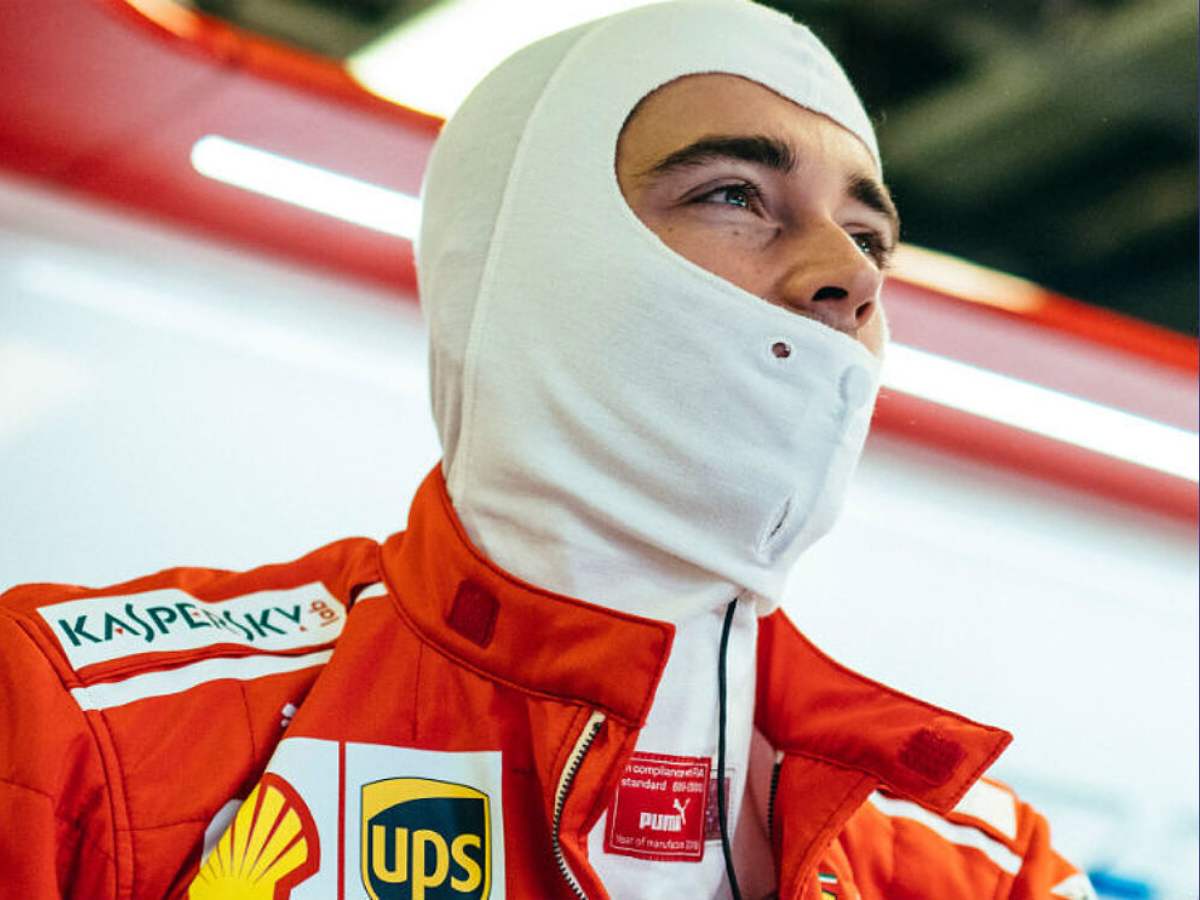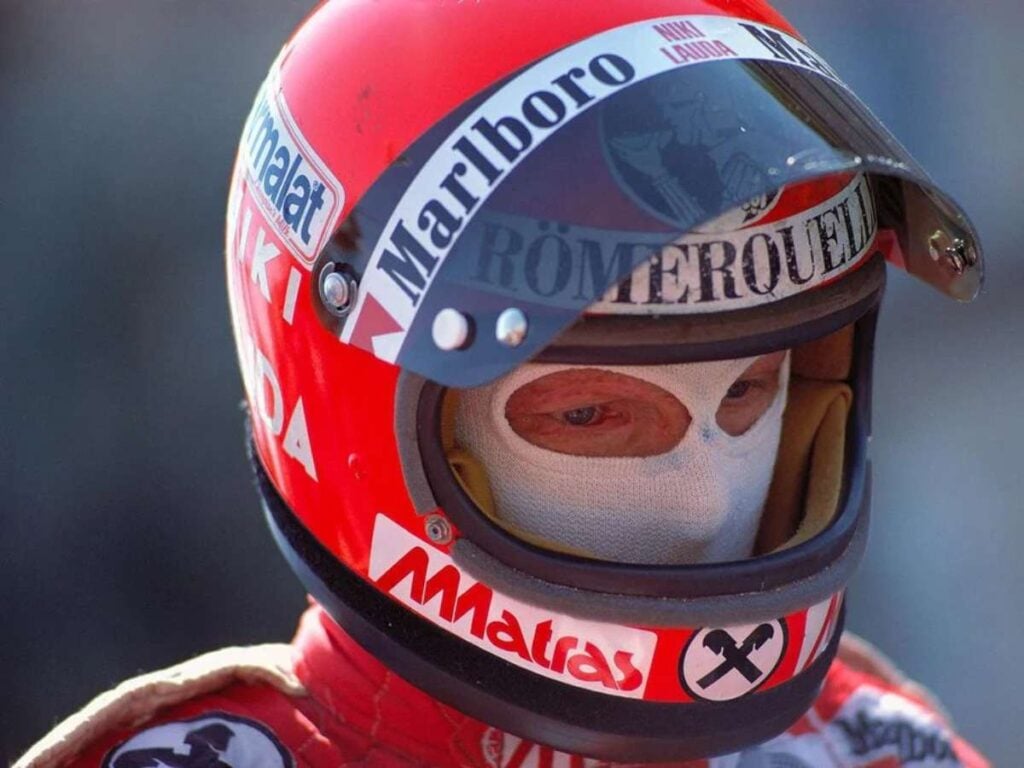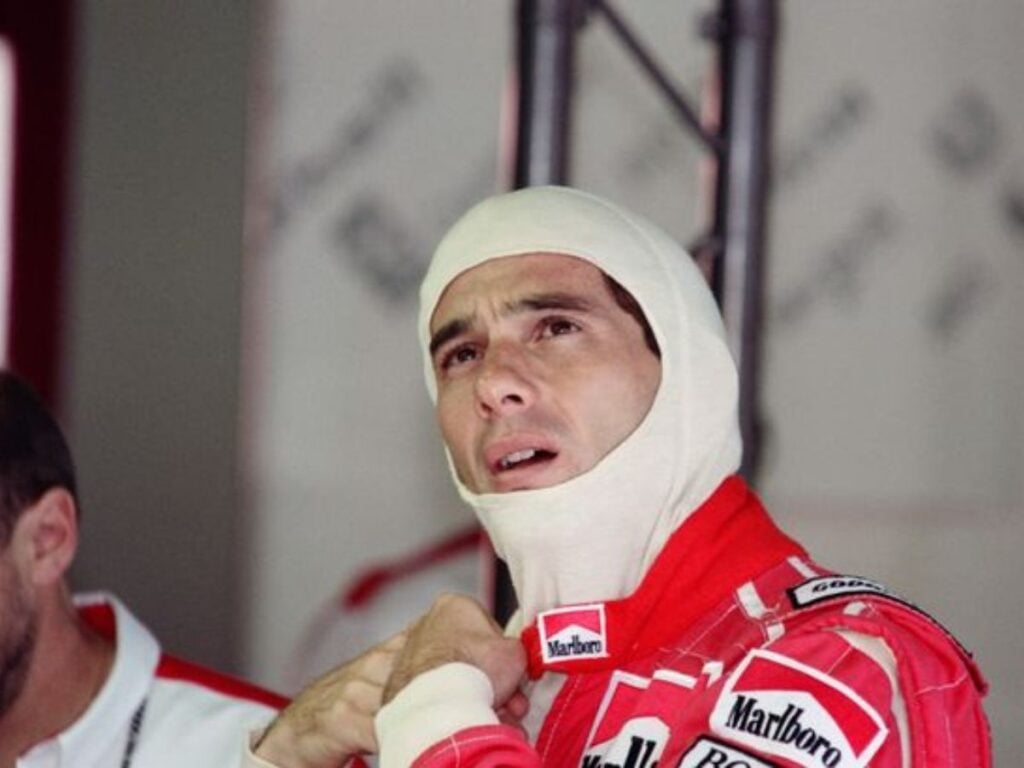What is a Balaclava in F1?
Discover the unsung hero of F1 safety: the balaclava, the face shields in F1.

Charles Leclerc in balaclava (Credits: Marca)
🔍 Explore this post with:
Formula One drivers are often spotted donning a white mask before putting on their helmets and removing a mask, sometimes in the same color as their racing suits, following a session. Fans sometimes wonder about these masks, what are these masks? And why do drivers wear them? In the world of F1, these masks are known as balaclavas and are a crucial piece of equipment for drivers to wear throughout the race.
A balaclava is a type of fabric headgear that drivers wear under their helmets as fire-resistant protective wear. Balaclavas are not just a fashion accessory; they serve several important purposes for F1 drivers. From safety to performance, these masks are an essential component of the drivers’ attire. They serve the primary purpose of protecting the face of the driver. Dive deeper into the specifics of balaclavas and their significance in F1 racing.
Discover: Top 10 slowest tracks in F1
Why are Balaclavas used in F1?

Balaclavas have become a crucial part of the protective gear worn by Formula 1 drivers during races. The reason is that the head and neck are the most vulnerable parts of the body, fully exposed to any outside impact in the open-cockpit racing style. In case of an accident that leads up to a fire, balaclavas play a crucial role in protecting the driver’s face. These protective gears are designed with extreme durability and protection as the utmost priority.
The use of balaclavas in Formula One dates back to the 70s and 80s. The earliest forms of F1 balaclavas had double eye holes to provide complete protection of the head and neck. The combination of a balaclava and an open-face helmet was widely used in Formula 1 until 1968. Before the double-eyed Balaclavas, F1 balaclavas were known as fireproof scarves, which were essentially rear-tying scarves that could be rolled up to cover the nose and mouth.
What are the Balaclavas used in F1 made of?

F1 balaclavas are made of Nomex, a lightweight fiber that is fire-resistant and can withstand fire for at least 15 seconds. It is a synthetic material produced by DuPont, which does not melt, dip, or support combustion in the air. These balaclavas are intended to protect the driver’s face and head from burning in case of a crash. F1 cars run on highly combustible fuel, and accidents can occasionally result in massive fires if the fuel tank gets leaked. Hence, balaclavas act as a shield to the driver’s face in such scenarios. They basically safeguard the drivers’ vision, allowing them to seek a route out of the accident.
The F1 safety norms require the racers’ helmets to be made of exceptionally tough material to withstand heavy accidents. The balaclava is designed to absorb sweat from the driver’s face and keep their earphones and microphones in place. Even the marshals, mechanics, and pit stop crew wear balaclavas during the race to ensure maximum safety.
Balaclavas play a crucial role in ensuring the safety of Formula One drivers and crew members. Made of fire-resistant and durable material, they protect the driver’s face and head from burning in case of an accident that leads to a fire. The combination of a balaclava and helmet has become a norm in Formula 1, making it an essential item in the protective gear of the racers. As technology advances, we can only expect further improvements in the design and material of balaclavas to enhance the safety of those involved in motorsports.
In case you missed it:
- Which F1 driver has the longest career without scoring a single podium?
- Top 10 fastest F1 drivers of all time







